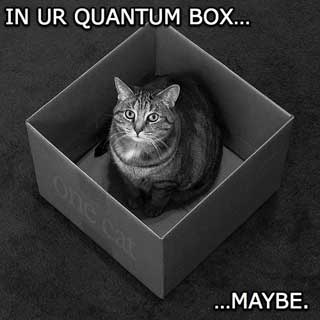
Quantum Physics is the science of things so small that the quantum nature of reality has an effect. Quantum means 'discrete amount' or 'portion'. Max Planck discovered in 1900 that you couldn't get smaller than a certain minimum amount of anything. This minimum amount is now called the Planck unit. With this set of principles underlying the most fundamental known description of all physical systems at the subatomic level and provides accurate descriptions for many previously unexplained phenomena also given insight into the workings of many different biological systems.
Ultimately, and most importantly, I believe it describes the nature of the universe as being much different then the world we see.
Niels Bohr, the father of the orthodox 'Copenhagen Interpretation' of quantum physics once said, "Anyone who is not shocked by quantum theory has not understood it".
For beginners, I suggest you get aquainted with these three experiments: Light Bulb, Two Slits, Schroedinger's Cat.
Two Slits
The simplest experiment to demonstrate quantum weirdness involves shining a light through two parallel slits and looking at the screen. It can be shown that a single photon (particle of light) can interfere with itself, as if it travelled through both slits at once.
Schroedinger's Cat
In this experiment, we take your pet cat and put it in a box with a bottle of cyanide. We rig it up so that a detector looks at an isolated electron and determines whether it is 'spin up' or 'spin down' (it can have either characteristic, seemingly at random). If it is 'spin up', then the bottle is opened and the cat gets it. Ten minutes later we open the box and see if the cat is alive or dead. The question is: what state is the cat in between the detector being activated and you opening the box. Nobody has actually done this experiment (to my knowledge) but it does show up a paradox that arises in certain interpretations.
Related Articles

No comments:
Post a Comment